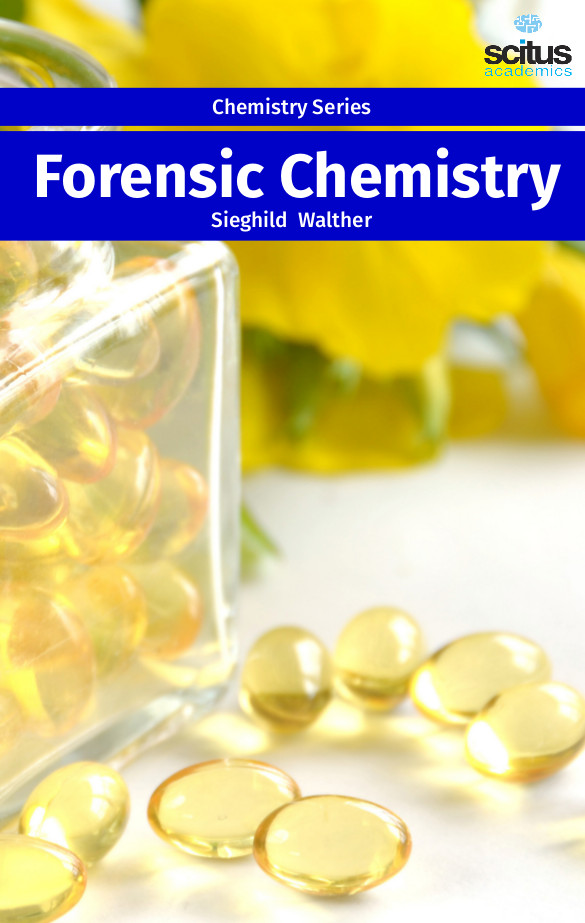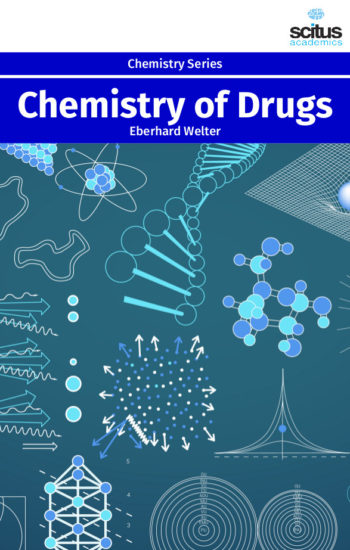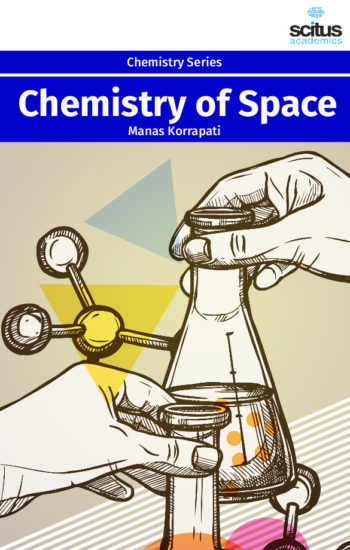One of the most important aspects of criminal justice is forensic science, or the practice of scientifically examining physical evidence collected from the scene of a crime or a person of interest in a crime. Who hasn’t heard of the tales of Sherlock Holmes? The crime resolving talents of Sir Arthur Conan Doyle’s hero inspires many till today to take up a profession in forensics and assist in outsmarting criminals. But around a decade ago, the activities of Holmes had inspired Dr. Edmond Locard to set up the world’s first forensic laboratory in France in 1910 equipped with just a microscope and spectroscope. Since then, over the last century, powered by tremendous advancements in analytical chemical techniques, forensic chemistry has progressed by leaps and bounds and is now revolutionizing the criminal justice system. Chemical analysis has an important role in law enforcement and forensics. The purity of a material could be detected using spectroscopy techniques and this could be major analysis in approving results. To detect evidences and in the field of narcotics, forensic chemistry play an important role. Illegal drugs threat to society and global market, where in forensic science; the forensic chemistry is widely used to explore these crimes.
This volume ‘Forensic Chemistry’ reports forensic analytical technique, where forensic chemistry is used to estimate age of an unknown human body will be estimated. It also include the application and or development of any molecular and atomic spectrochemical technique, electrochemical techniques, sensors, surface characterization techniques, mass spectrometry, nuclear magnetic resonance, chemometrics and statistics, and separation sciences (e.g. chromatography) that provide insight into the forensic analysis of materials. This book will be useful to practitioners of forensic medicine, experts, pathologists, law makers, investigating authorities, undergraduate and postgraduate medical school, graduates of medicine.







